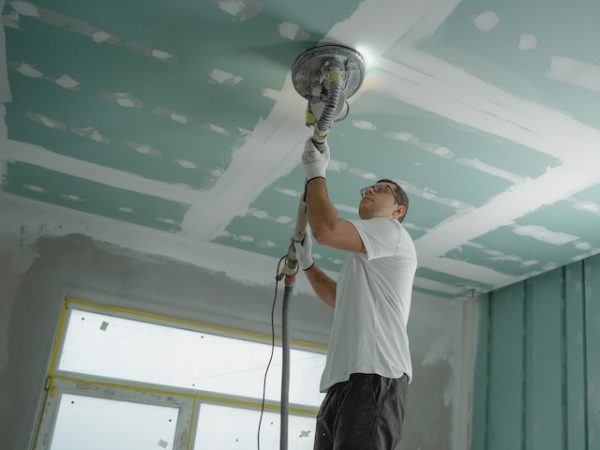Some houses are suitable for children. Others are designed primarily for adults. If you have children or plan to start a family, you should choose a home that is safe and appropriate for your children, as well as the children of others who may visit you and yours.
Here are five features you should look for.
1. Safety and security
Fences and sidewalks may not be the most important thing for homebuyers, but they are important features for safety, especially for young children, and are not always included in new home developments.
“If you have young children in strollers, children learning to ride a bike, or you walk daily with your dog, you’ll need sidewalks to get around your neighborhood safely,” says Sophie Kaemmerle, communications manager for public records aggregator NeighborWho.
If a house you like doesn’t have a fence around the yard, find out if the homeowners association will allow you to add them and, if so, what types are allowed.
“Fences provide privacy, give you peace of mind when your kids play outside, and are perfect if you have a family dog,” Kaemmerle says.
Even in neighborhoods with fencing and sidewalks, some homes are safer than others due in part to their proximity to road traffic.
A cul-de-sac is ideal for children to play safely outdoors. If that’s not an option, look for a street that doesn’t lead to a mall and doesn’t connect two busier streets. Any of those factors can mean there will be more traffic on the smaller street.
2. Quality schools
Top-rated schools are a necessity for many families
A survey by the National Association of Realtors found that half of home buyers who had school-age children considered school district quality when selecting a home. Only 11 percent of shoppers without school-age children considered this factor.
When you buy a home, you should research school districts even if your children are not yet old enough to begin their formal education.
“Many newlyweds and parents with babies don’t think about finding a new home near a top-notch school, but you’re going to want a great school for your kids,” Kaemmerle says.
3. Convenient schools
Even the top-rated schools can lose their appeal if they are located too far away. In fact, the NAR survey found that 45 percent of shoppers with school-age children considered school convenient, while only 6 percent of shoppers without school-age children weighed this factor.
“Many young families wonder how long the commute to school takes,” says Marcel Finkelstein, sales associate at Coldwell Banker Residential Brokerage in Florham Park, N.J.
No wonder the convenience of school is so important. In a survey, HopSkipDrive, the ride-sharing company, found that 44 percent of parents said they were “stressed about coordinating transportation at the beginning of the school year.”
Before choosing a home, practice your trip to and from local schools in the morning and afternoon on several school days to find out what traffic patterns are.
4. Nearby parks
Neighborhood parks, sports fields, and other public playgrounds are conveniently located and are another great advantage for families, especially in neighborhoods where these services are scarce.
“We see a lot of supermarkets and grocery stores opening up,” Finkelstein says, “and brand-name pharmacies are everywhere, so it’s not a problem to find them.” It’s the distance from school and community park that will make kids and parents happy.”
Practice hiking to find out how long it will take you with a stroller or small children. If you choose a house that is located on a hill, using a stroller can be difficult.
5. Flexible house plan
Open concept home plans have been standard on new homes for years. This type of design is a smart choice for families, says Joan Brothers, broker/owner of Manhattan Boutique Real Estate in New York City.
“A home with an open house plan offers enough space for a family with children who need supervision.” With the kitchen, dining room and family rooms opening up to each other, you can keep an eye on the kids as they do their chores,” says Brothers.
Rooms are another key consideration of the house plan. Parents of infants or toddlers may want bedrooms to be closer together, while parents of teens or adult children living in the home may want bedrooms to be further apart or on separate floors.
Flexible spaces can accommodate both needs. Lexington Village in Avondale, a new home community in Chicago, offers house plans with a third-floor master bedroom plus a flexible room. The flexible space can be used as a baby room or playroom or toddler TV area, and can then be repurposed for parental use when children are older.
Other features of the children’s house plan are a playroom located outside the kitchen and a large kitchen island where children can do their homework while parents prepare meals.
To make sure your new home is kid-friendly, talk to your builder about these and other family-oriented features and options you want.
“It’s important to have a home that fits a family lifestyle,” says Brent Gibadlo, vice president of Nexton, a new home community in Summerville, S.C.
